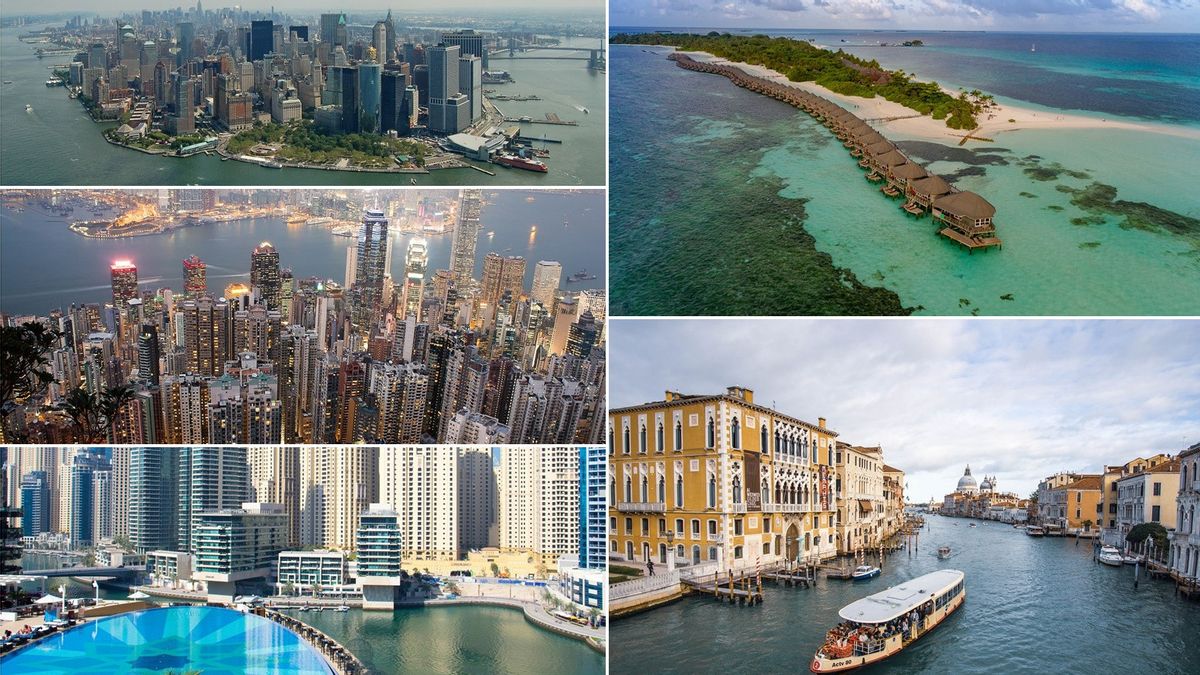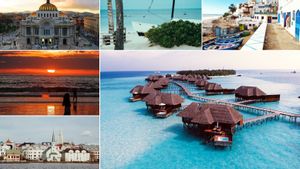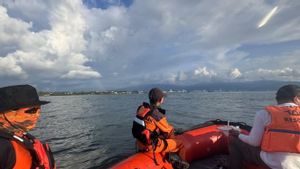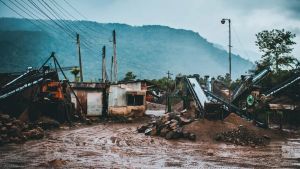JAKARTA - Some of the world's most popular tourism destinations are at risk of disappearing altogether by the end of this century, if sea levels continue to rise at their current rate. The UN Intergovernmental Panel on Climate Change (IPCC) report says that the sea levels will rise by 25 percent and cause concern by the year 2100.
A change of this size would displace more than 600 million people according to a study published by Nature Communications in 2019. The same study also found that land inhabited by 300 million people is likely to flood every year by 2050.
Many of the locations most at risk are tourism destinations, with economies heavily dependent on the travel sector. Small Island Developing Countries (SIDS) such as Fiji, Palau, Seychelles, and the Maldives are the most vulnerable, because of their lowlands. The residents of these countries are already facing the fact that they may soon be displaced and need to migrate to higher ground.
While it is unlikely that other major tourist sites will completely disappear, extreme flooding can become a regular occurrence in major cities such as Amsterdam, Tokyo, Cape Town, and New York, and many more.
One meter sea level rise may not seem like a significant amount, but it will have devastating effects on both society and the economy. The following are favorite tourism destinations that are threatened with drowning due to rising sea levels, reported Euronews.
Venice, Italy
Commonly known as the 'city of water', Venice is already experiencing the effects of climate change and rising sea levels - with floods in 2019 causing around 1 billion euros in damage.

The Italian city sank again in June last year and scientists predict that the 'floating city' will experience extreme flooding every five years in 2050 and every five months in 2100.
Maldives
Most of the land area in the Maldives is already less than one meter above sea level, which means the island nation is highly vulnerable to tides.

It is estimated that more than three-quarters of the country will be underwater by 2100 at the current rate of sea-level rise. Apart from profoundly affecting the lives of many Maldivians, it will almost certainly wreak havoc on the tourism industry, which currently accounts for two-thirds of the Maldives GDP.
New York, USA
Currently containing the largest population living within the floodplain, the 'Big Apple' has the potential to be a dangerous place to live. Sea level here is expected to rise by as much as 1.8 meters by 2100.

It is estimated that tens of thousands of people may be displaced, especially in low-lying areas of cities such as Brooklyn and Queens, as a result of this natural disaster.
Hong Kong, China
About 56 million tourists visit the bustling metropolitan city of Hong Kong each year. However, it is estimated that this coastal city will face a sea-level rise of between 0.6-1.3 m by 2100.

The increased likelihood of extreme flooding will adversely affect its 8.4 million people, who live in low-lying areas. The damage to the tourism industry and its world-famous financial districts could be catastrophic.
SEE ALSO:
Dubai, United Arab Emirates

Sea levels have risen by up to three meters, which could put the emirate's city at risk of losing much of its infrastructure. If sea levels rose by up to nine meters, Dubai could be completely submerged, making it the shortest-lived complex infrastructure in human history.
The English, Chinese, Japanese, Arabic, and French versions are automatically generated by the AI. So there may still be inaccuracies in translating, please always see Indonesian as our main language. (system supported by DigitalSiber.id)


















